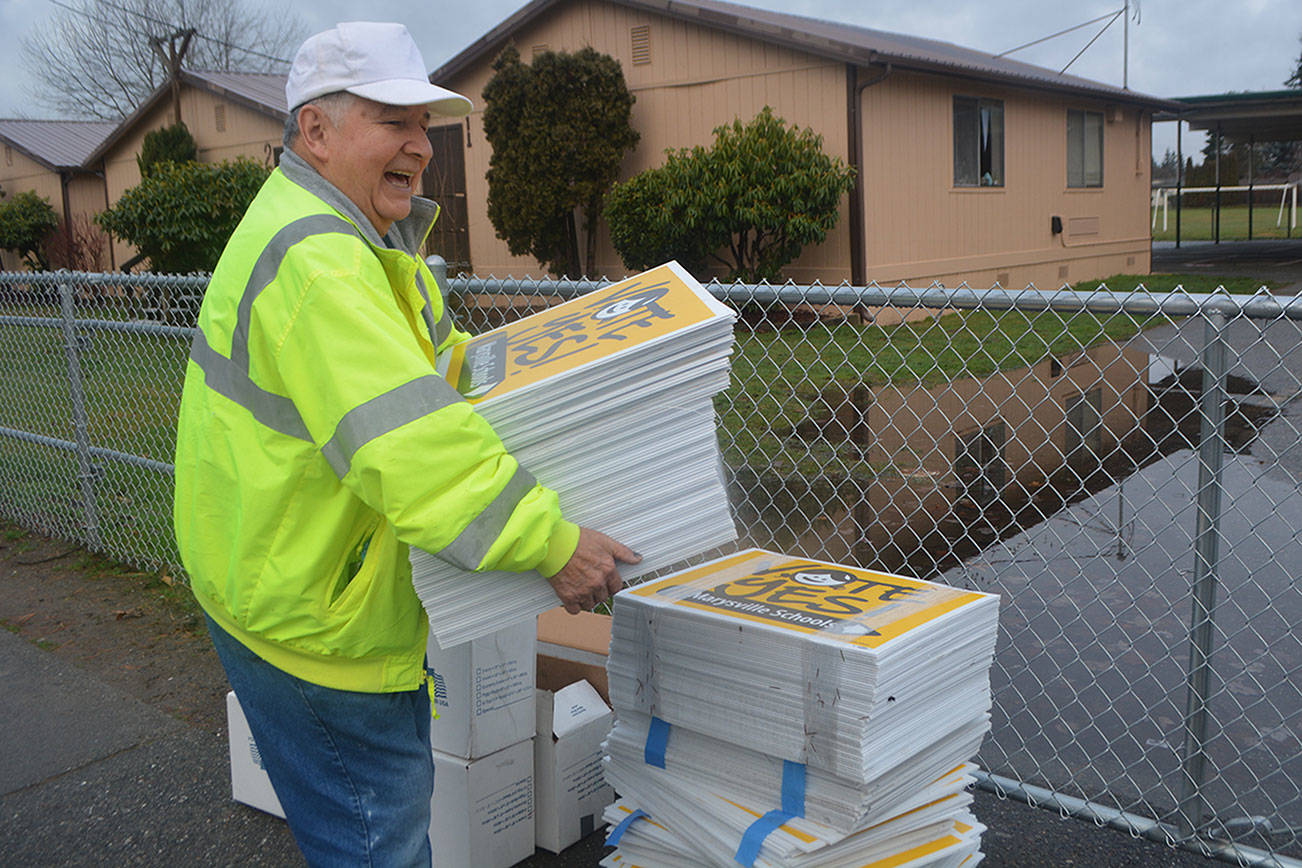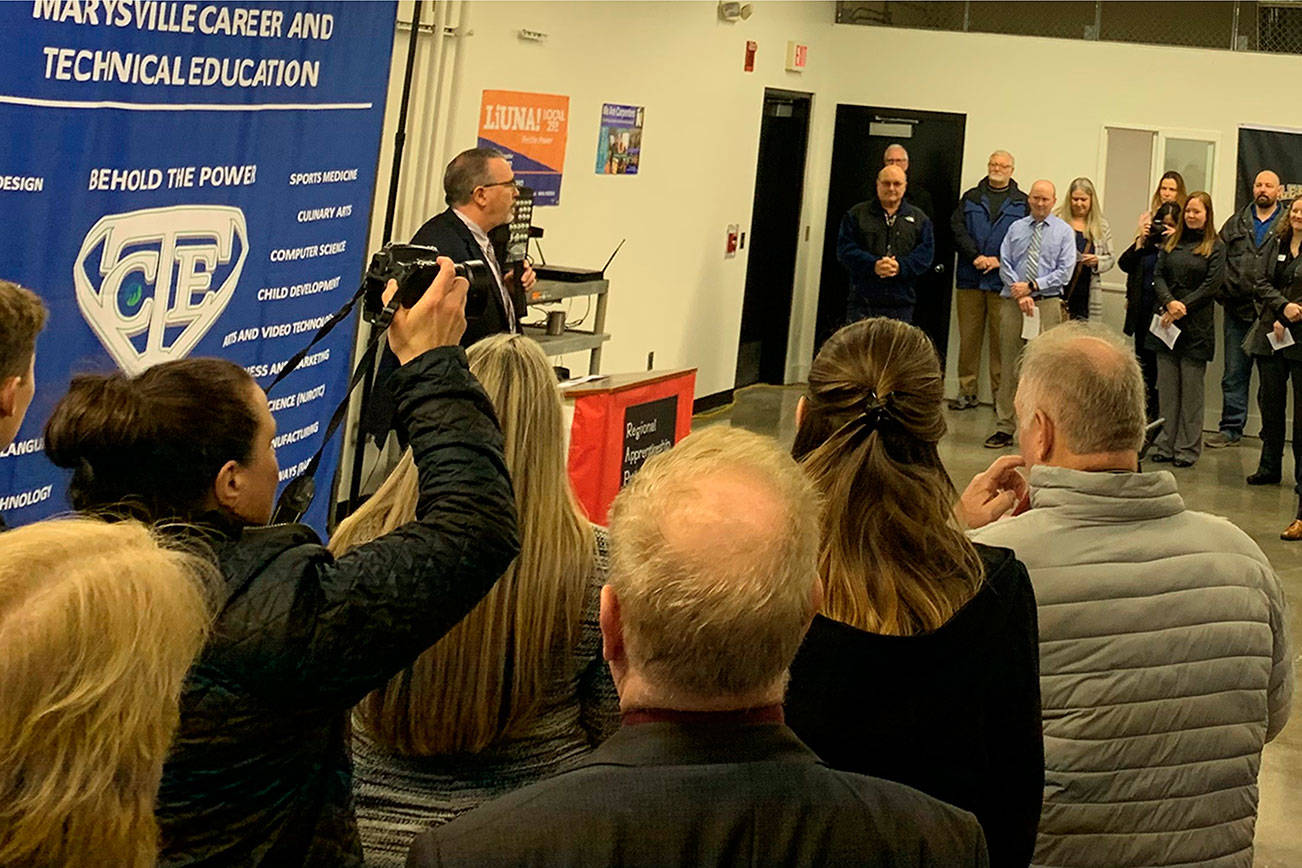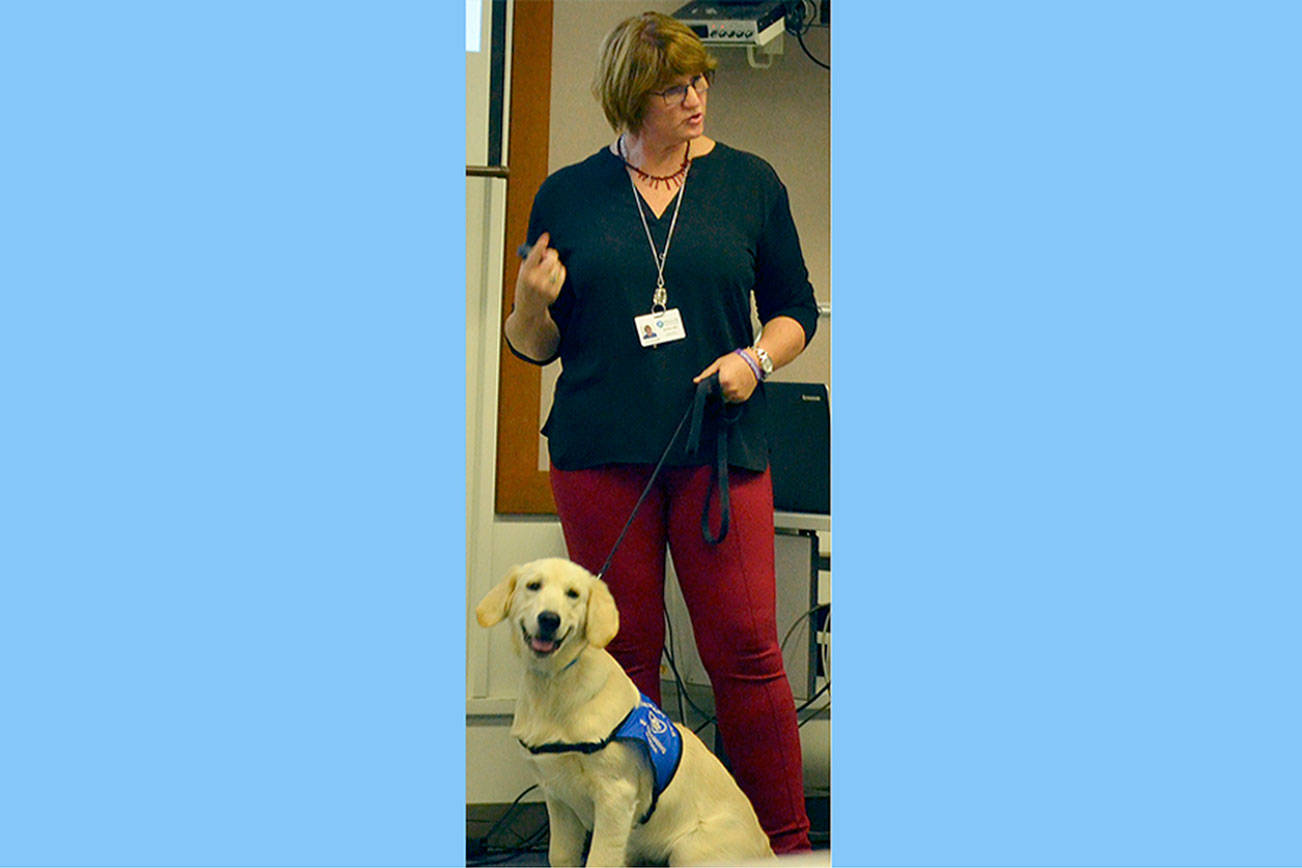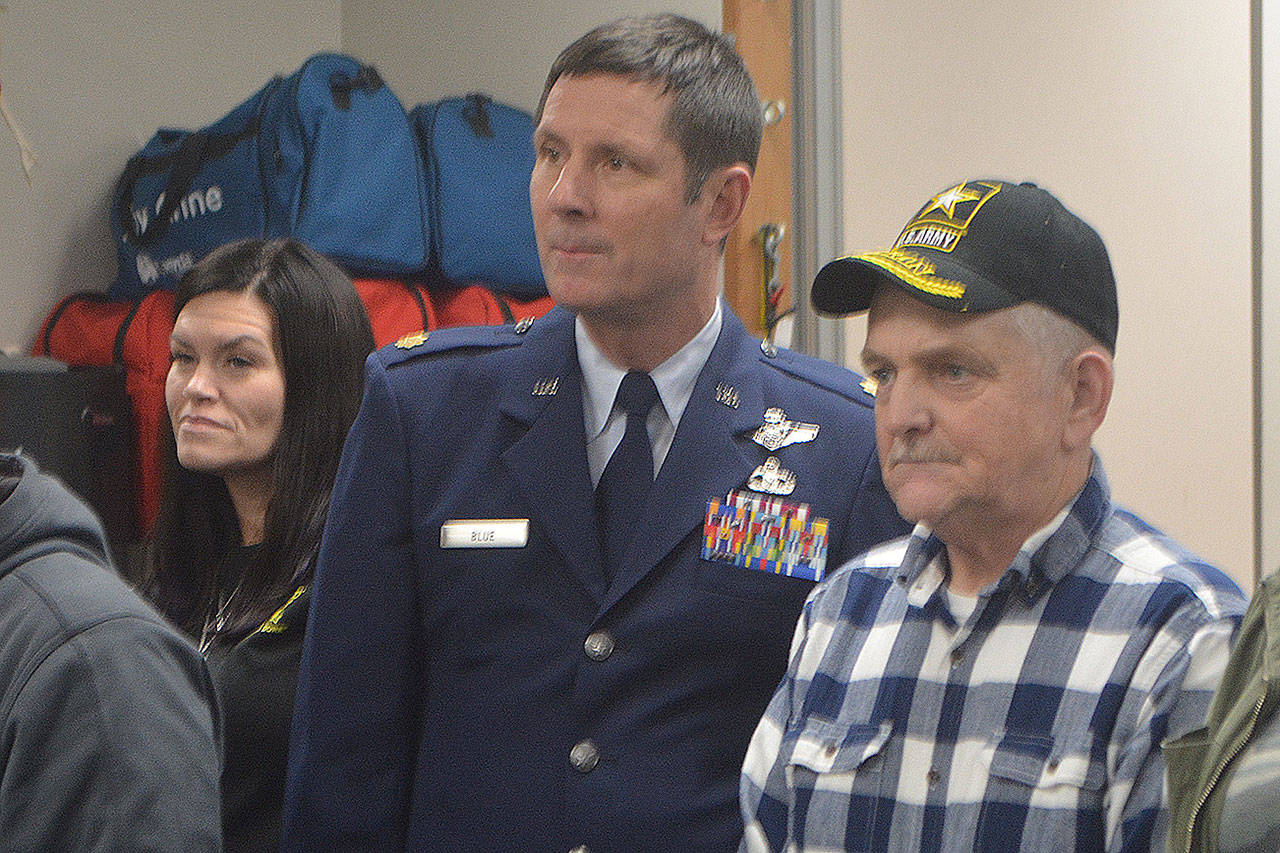MARYSVILLE – Equity and diversity, along with saving money, seem to be the key reasons why the Marysville School District plans to change from a choice- to a boundary-based high school system. The school board plans to look at the recommendation of interim superintendent Jason Thompson at Monday’s work session, starting at 4:30 p.m.
He also is recommending creation of two community engagement committees – one for enrollment and demographics, the other for deeper learning.
Thompson’s report says boundaries are tied to “neighborhood” schools, like at the elementary level. Boundaries help students see a path to graduation. For example, they know they might be a Charger or a Tomahawk – they can dream, believe, and aspire and will have a clearer identity with a school.
“Currently we are a divided community,” his report says. “Boundaries will help us be more intentional in our relationships and create opportunities for fun and engaging events for our students and their families. For example, lunch buddies, schools visits, student mentors, game/sports nights and extracurricular events contribute to a growing sense of community, and boundaries will provide the high schools an opportunity to develop relationships with the elementary and middle feeder schools.”
Some of the highlights:
•Each high school should provide a comprehensive course list including strong and varied Career and Technical Education opportunities, advanced coursework available to all students, and tiered interventions for academic and behavioral support.
•Class offerings should provide a range of pathways for students in both college and career exploration.
•All high schools should offer fine arts programs and extracurricular activities to enrich the high school experience. The Enrollment and Demographics Committee would be charged with studying district trends and recommending boundaries to the school board. The committee would be ongoing, and utilized to make recommendations when adjustments in enrollment, changes in program or school configuration or location are necessary. Enrollment trends will be forecast and ongoing planning for school size and program placement will be examined by this committee. The Deeper Learning Committee comes from the Student Learning Centers at Marysville Getchell. The underlying intent of SLCs was to strengthen the connection between students and staff. Additionally, the intent was to change the dynamic of classroom learning to be more student-centered, more student-focused and include a large component of student choice and engagement. These are concepts Thompson recommends for all of the secondary schools. They include: Thinking critically and solving complex problems, work collaboratively and learning how to learn.
Those competencies incorporate skills and knowledge necessary to prepare students for life beyond school academically, professionally and civic participation.
Middle schools
The report also emphasizes problems in the middle schools. The major concern is why many families choose to leave Marysville at that level, for various reasons. One perception is the schools are run down. Only a bond can help that. But perceptions about overcrowding and behavioral issues can be better addressed.
“Middle schools were identified by many in the community engagement process as a continuing source of frustration in our district. Many feel the schools are overcrowded and/or unsafe,” the report says. It goes on to say school structure is part of the issue. For example, at Marysville and Totem, classroom doors open to common hallways, which become filled with students during transition times. That time can become chaotic, and without adequate supervision unsafe. The report says better use of Positive Behavioral Interventions and Supports, and focusing on increasing supervision during transition times would help alleviate some of the issues. Additionally, studying and implementing creative scheduling options could help.
Associated Student Body advisors at each middle school have also recently reached out to district leadership about the possible inclusion of Character Education during advisory times as a means to improve the culture at all middle schools. Earlier this year, the MSD formed a group in partnership with the Marysville Education Association, which includes administrators and teacher leaders, to study discipline and behavior and make recommendations. That group is nearing an initial set of recommendations. “Additionally, we believe we need to dig deeper into instructional issues, strengthening our commitment to student-centered learning that is more engaging and provides context kids care about to drive their learning. This is an aspect of the intent with small learning community models that should be applied across our secondary schools,” the report says. Using technology and new approaches to teaching can strengthen learning outcomes, the report says.
It can “change the perception of middle schools in our community and help draw families back to Marysville.”







